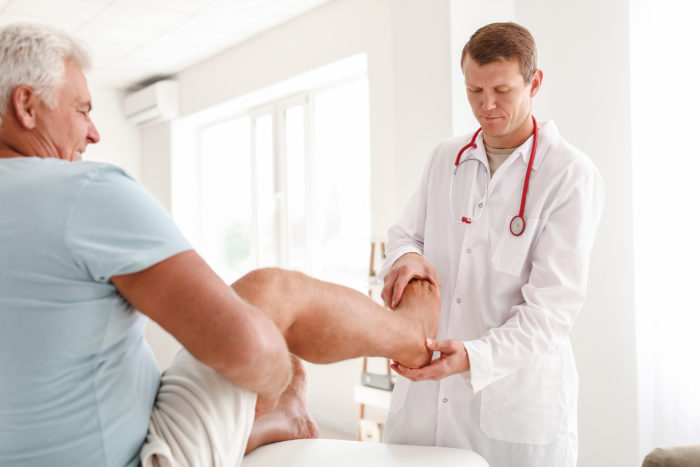Reclaiming Control Thanks to Novel Diagnostics and Treatments
December 2, 2021
By Christina Starks, PA-C
Imagine for a moment your bathroom sink. Water flows from the faucet and drips down around the base. Over time, you will see mineral deposits if the area is not properly cleaned. This is an apt analogy for gout.

The faucet represents a person’s joints and the mineral buildup, uric acid crystals – called tophi. If not addressed, the excess uric acid and tophi can debilitate patients. The disease causes excruciating attacks that can be difficult to manage, and over time can lead to a range of other comorbid conditions.
I’ve seen firsthand – in my practice and among family members – just how limiting gout can be. I’ve also seen how advancements in diagnostics and treatments have put patients back in the driver’s seat of their own lives.
For years, patients who might not respond well to oral medications didn’t have another option. But now, there is a new infused biologic that can reduce uric acid in months, as opposed to years of traditional oral medications. This was the experience of a former patient of mine.
Dennis came to me with a severe case of gout. He had tophi in his ankles, knees, hands and elbows, ranging in size from golf balls to baseballs. He hadn’t worn regular shoes in seven years, and he could barely walk. Changes in diet, in combination with oral medications, didn’t work for him. However, his uric acid decreased to a nearly undetectable level and the tophi diminished after he took the infused medication, giving Dennis his quality of life back.
Innovation has also improved diagnosis for people whose gout may not be as visually obvious. Until recently, providers relied mostly on feeling joints to discern areas of uric acid build up, though that approach is limiting. Now, dual energy CT scanning can be used to see the full extent of a patient’s uric acid buildup. The technology helps providers make more informed treatment decisions and patients reclaim their health faster.
As a country, we’re due for a re-education about what gout is, what causes it and how to address it. Gout is wrongly stereotyped as a self-inflicted condition, the consequence of a bad diet. And too often, people with gout are advised only to treat the pain.
Improvements in diagnostics and treatments have brought patient-centered care to gout in a way that’s never been possible for many patients. Now, it’s on all of us to make sure people living with gout know about these innovations and can access them, so they can take control of their condition.

Christina Starks, PA-C, is a physician assistant at Northwestern Medicine where specializes in rheumatology. She is also a member of the Alliance for Gout Awareness.

Breakthrough, an IfPA blog series, offers health care providers a voice in the ever-growing conversation about innovation and value.
Tags: Breakthrough, GoutCategorized in: Blog

